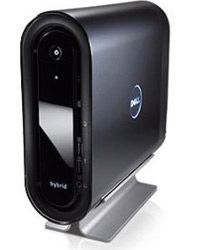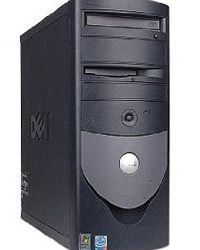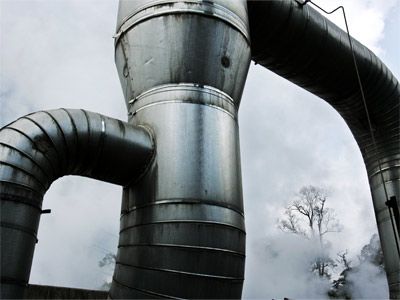For many consumers buying a new computer, it's all about speed and power. But for a growing crowd, the energy-efficient design of the computer is increasingly important. Luckily, there's help sorting through the options.
The U.S. Environmental Protection Agency's (EPA) Energy Star program has set up green computing criteria, and compliance with these requirements earns systems the Energy Star label. To gain Energy Star compliance, computers must use an energy-efficient power supply, operate efficiently in power saving modes (standby/off, sleep and idle modes), and also provide power management features (along with information about how to use those features). If all the computers that are sold in the United States met Energy Star requirements, we could reduce greenhouse gas emissions by the equivalent of 2 million cars and save about $2 billion annually on energy costs [source: Energy Star].
Advertisement
In addition to the Energy Star label, EPEAT (Electronic Products Environmental Assessment Tool), run by the Green Electronics Council, rates computers based on more than 50 energy-efficient criteria including everything from what materials were used in the system and its packaging to its energy conservation and end-of-life management. It's a three-tiered rating system -- gold, silver and bronze -- and computers ranked by EPEAT are also Energy Star compliant.
Until you're in the market for a new system, using your system's power settings (for instance, programming a sleep mode or turning the machine off and unplugging it) is a smart way to conserve energy. But when it's time to upgrade your system, consider going green. And don't forget to recycle your outdated system.




